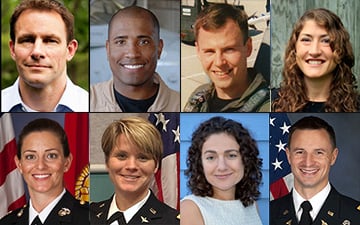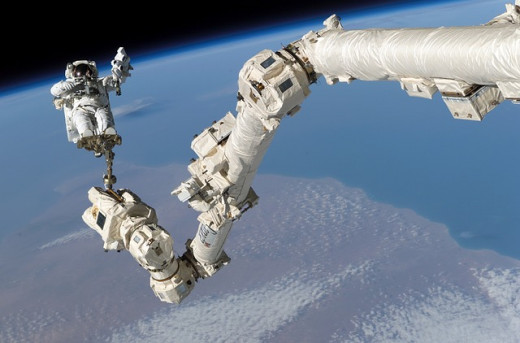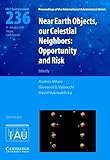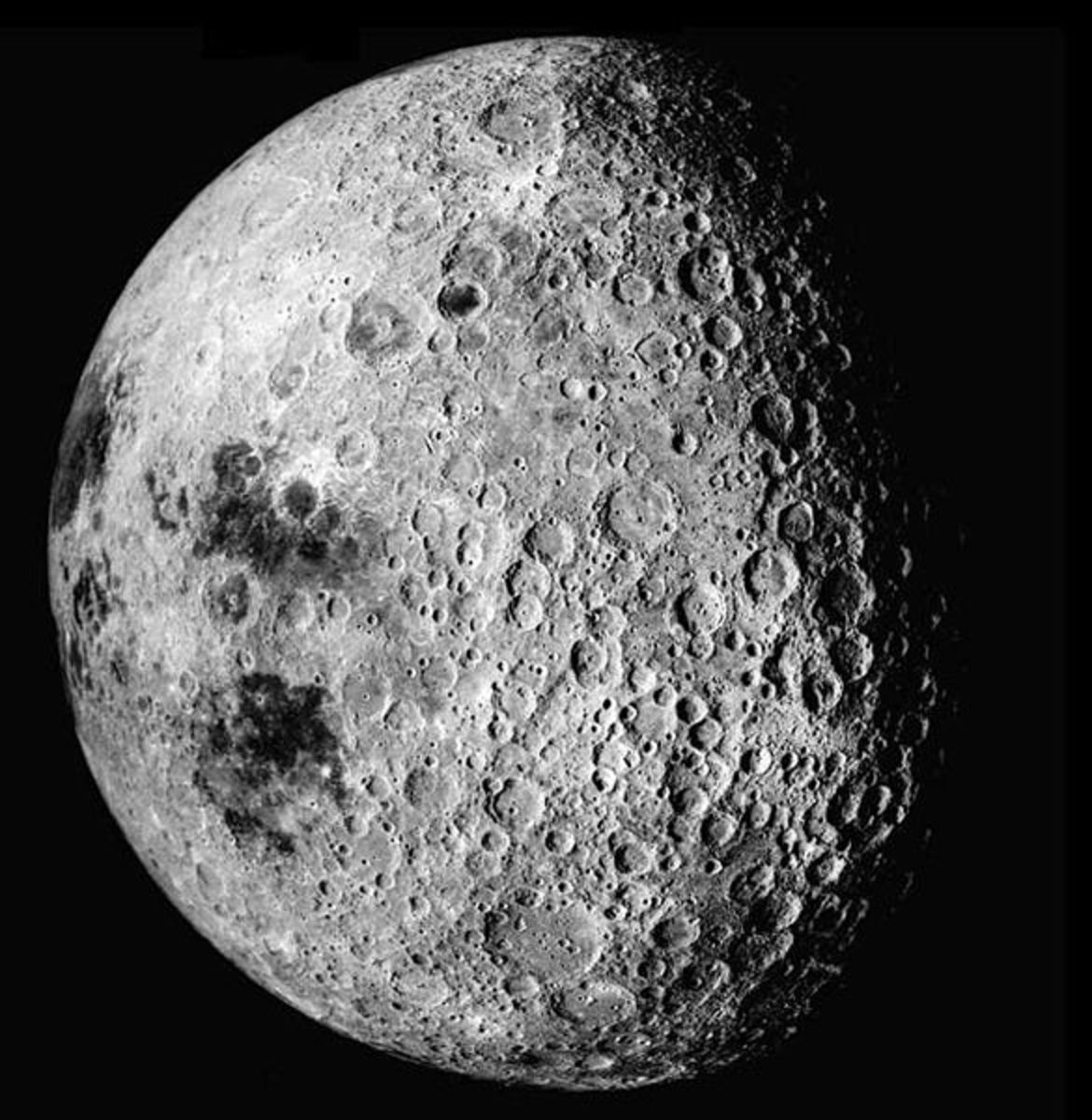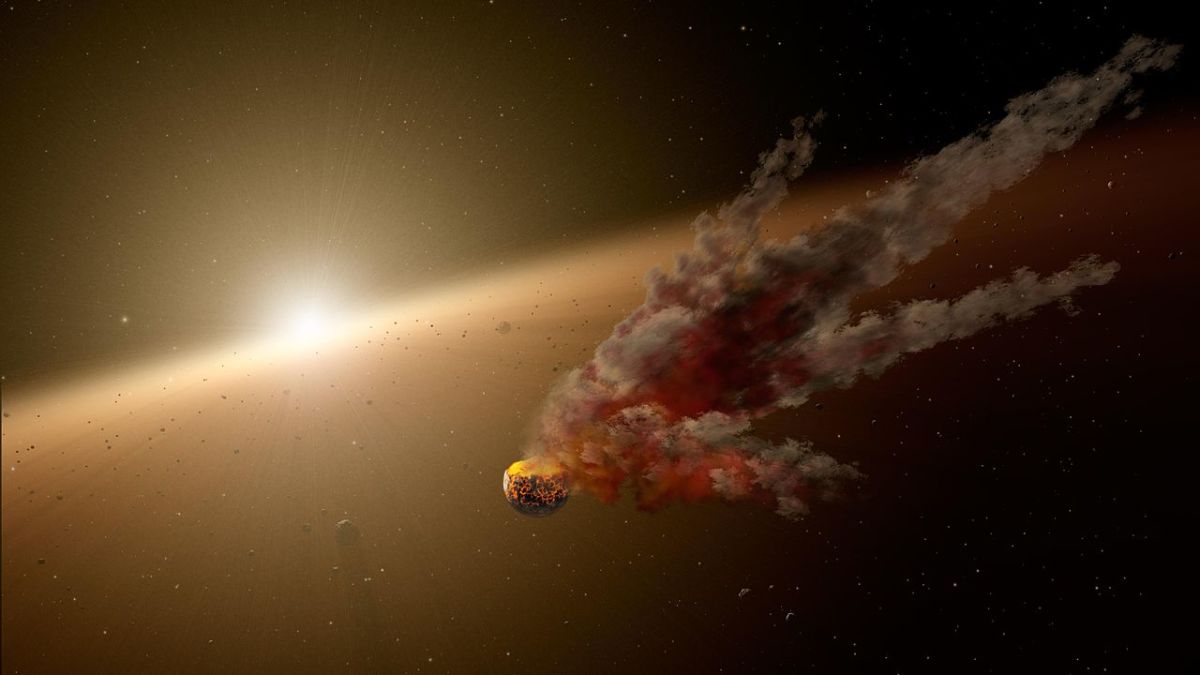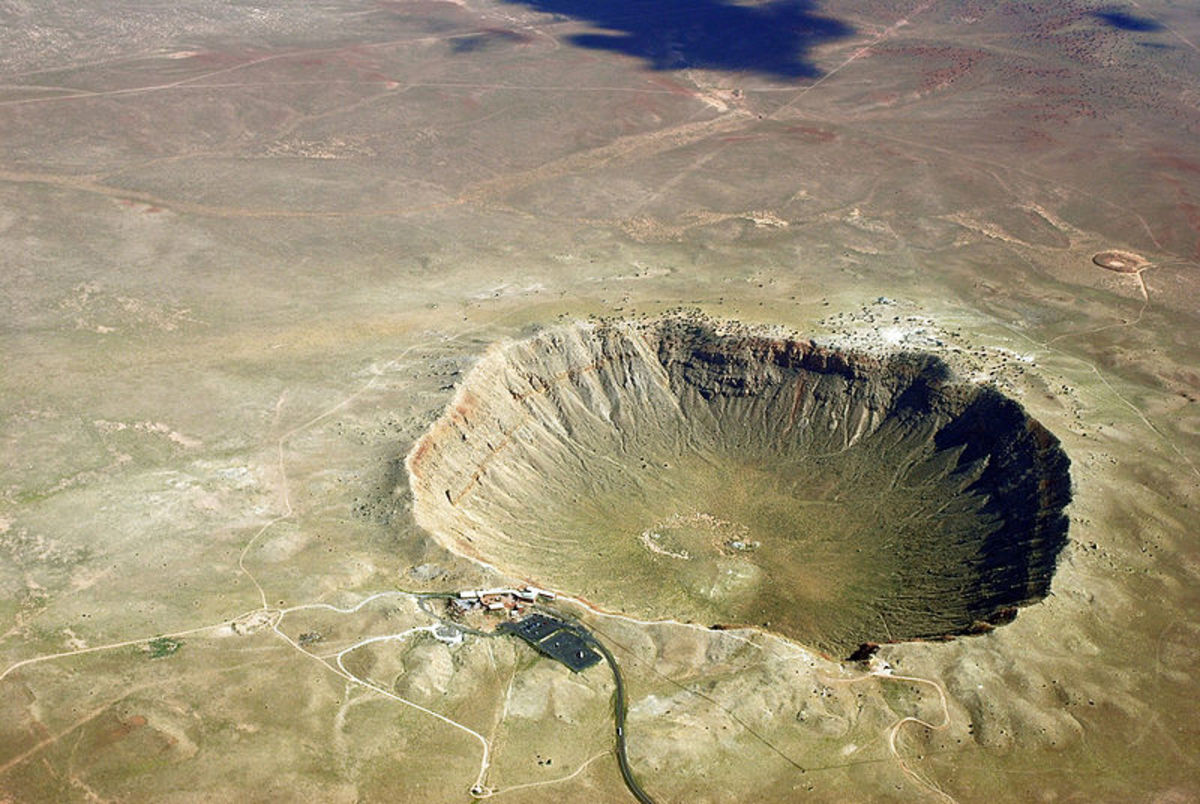NASA's Mission to Mars Astronaut Class - Background, Education and Related Jobs
The "Eight Balls" - Astronaut Class of 2013
Click thumbnail to view full-size


New Astronaut Class One of Many In the Future
The eight astronaut candidates selected and pictured above were the best qualified for the position of NASA Astronaut out of over 6,000 applicants.
While the US Federal Government talks about limiting NASA's funding and ability to approach near-Earth asteroids beginning in the summer of 2013, the task of asteroid contact by the above crew could be picked up by NASA's Commercial Crew network of over 63 private companies in the Aerospace Industry, including Google.
Google-backed Planetary Resources, Inc. was already crowdsourcing funds for outer space projects like a network of timeshare telescopes the company could fund asteroid contact and mining similarly. The funding needed for the telescopes was met at the 50% mark during the first 24 hours of crowdsourcing donations. Enough Americans at all income levels are ready to back privatized and NASA projects to near-Earth asteroids and Mars, followed by the asteroid belt beyond Mars and on to the moons of Jupiter. The NASA Astronaut Class of 2013 will be participating in the first two missions.
New astronaut classes will be selected in the future.
Meet the 2013 Astronaut Class
What Is Different About These Eight Astronauts
One difference in this class of eight star travelers fron other applicants and classes is that the USA has never before sent four women into space at once. In fact, it was long after the first woman in space, Valentina Tereshkova, flew such a mission that America sent even one woman into the stratosphere.
The eight members of the Class of 2013 have complimentary backgrounds and, fortunately, include a physician and an anesthesiologist.
Some Descriptive Statistics About the New Class
Ages
- Age Range: 34 - 39.
- Average Age: 36
- Average Age Men: 37.5
- Average Age Women: 34.5
Home States: Western states provide the largest number in this class
- California - 2
- Washington - 1
- Maine - 1
- Pennsylvania - 1
- North Carolina - 1
- Minnesota - 1
- Kansas - 1
Advanced Education:
> Summary1: Two civilians (female), one retired Navy (male), one active Air Force (male Lt. Colonel, one active Army (male, Major), one active Marines (female, Major), one active Navy (male, Lt. Commander), one Army and Navy (female, Major in US Army).
>Summary2: Four Test Pilots (2 male, 2 female); one in private business, two in Medicine (one professor, one physician), one in government (NOAA). One Test Pilot is also serving a fellowship connected with the Navy and Congress.
- Cassada. Advanced degree in Physics/other from University of Rochester NY ; retired US naval aviator. Currently a Chief Technology Officer.
- Glover. USAF Test Pilot School, Air Postgraduate School, undergraduate degree from California Polytechnic State University; three advanced degrees; post-grad work as a Navy Legislative Fellow in the US Congress.
- Hague. Air Force Academy, USAF Test Pilot School, undergrad degree from MIT and advanced degree in Aeronautical Engineering, Has combat experience and works with the DOD.
- Hammock. Civilian. Advanced degrees from North Carolina State University in Electrical engineering and Physics. Station Chief for a NOAA facility. Has experience working in Greenland and the Antarctic.
- Mann. US Naval Academy, Stanford, US Naval Test Pilot School; degrees in Mechanical Engineering. Scuba Diver. Combat pilot experience.
- McClain. US Military Academy at West Point, Universities of Bath and Bristol in the UK, US Naval Test Pilot School; degrees in Mechanical Engineering and Public Health. Has flown in combat missions.
- Meir. Civilian. Advanced degree from the International Space University in space studies, PhD in Marine Biology from Scripps Institution of Oceanography; Medical training; worked in the Antacrctic as an under-ice diver. Professor of Anesthesia at Harvard.
- Morgan. US Military Academy at West Point, Medical Degree from the Uniformed Services University of the Health Sciences, and a degree in Environmental Engineering. Sports Medicine Fellowship. Currently a Physician with expertise in ER medicine. Past member of the Army's Golden Knights Parachute Team.
Google+ Hangout with the New Class
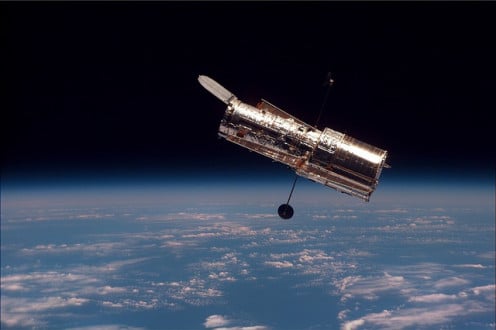

Asteroids and Plans for Mars
Finding Asteroids That Might Impact Earth
Since Commercial Crew participant Planetary Resources has crowdsourced funding related to outer space projects, NASA has asked the public for help as well.
In a formal Request For Information (RFI), NASA asked for innovative methods and new system concepts for use in the initiative to protect Earth from asteroids in the future. Another part of the initiative is the Asteroid Redirect Mission, hoping to find ways of changing the course of asteroids about to hit our planet.
Interested individuals and groups were given from June 18 through July 18, 2013 to submit business proposals concerning the asteroid initiative. NASA planned a convenient Google+ Hangout for 2:00 PM EST. Information page is located HERE.
It seems likely that the 2013 class of astronauts will participate in any accepted business proposal plans in the asteroid initiative, since an asteroid trip is their first assignment in the future. This is another way in which NASA is combining government funded and privately funded initiatives for he US Space Program. Meanwhile, the time sharing telescopes going into space through the work of Planetary Resources beginning in 2013 can allow us all to look for asteroids that might touch Earth. See the links below.
Observing Near-Earth Objects
- US Space History: Exploration Opens to Students and the Public
Brent Spiner, Lt. Commander Data from the popular Star Trek saga, and others have joined a leading Space Mining company to guide the American public into participation in space exploration through tiem sharing telescopes. - Near-Earth Object Program
NASA Near Earth Objects Observation Program - Google, The Asteroid Mining Company

Years 2020 - 2030
The 2013 astronaut newbies will reach an asteroid in 2020 or before. At the same time, Google LunarX Prize lunar landers will have already been on the moon for some time, the first launched in 2013 and two years ahead of schedule.
The moon may still be an appropriate place to set up an intermediate base for near-Earth asteroid mining parties and equipment or asteroid redirection. The appropriate equipment (anti-asteroid weapons) placed on the moon might move a large asteroid out of the path of Earth or destroy a smaller rock that might then be recycled as resource materials through collection and mining.
At this writing, we are in 2013 with incredible opportunities ahead of us. In 20 years, humankind should be mining asteroids regularly, and building habitats on Mars. Well before 2033 or so, the 2013 class of NASA astronauts will have walked on Mars' surface.
NASA has set up a Martian Citixens' Site in order to engage the public in virtual exploration, especially since billion=pixel iages of the marscape are now avaiable.
Visit Be a Martian at http://beamartian.jpl.nasa.gov/welcome
Lockheed Martin Jobs
Lockheed Martin is the manufacturer of the Orion spacecraft and a mamber of the large NASA Commerical Crew companies. In June 2013, Lockheed Martin listed approxiately 10,000 job openings around the USA, with additional positions in Australia, Canada, and the UK.
The highest demand job titles among the 10K jobs are Software Engineers, Systems Engineers, Systems Administrators, Subcontract Administrators, Network Engineers, Aircraft Painters, Technicians, Machinists, Intelligence Analysts, and Mechanical Engineers. A number of internships are also available.
Visit SimplyHired.com and lockheedmartin.com.

© 2013 Patty Inglish MS MPH

